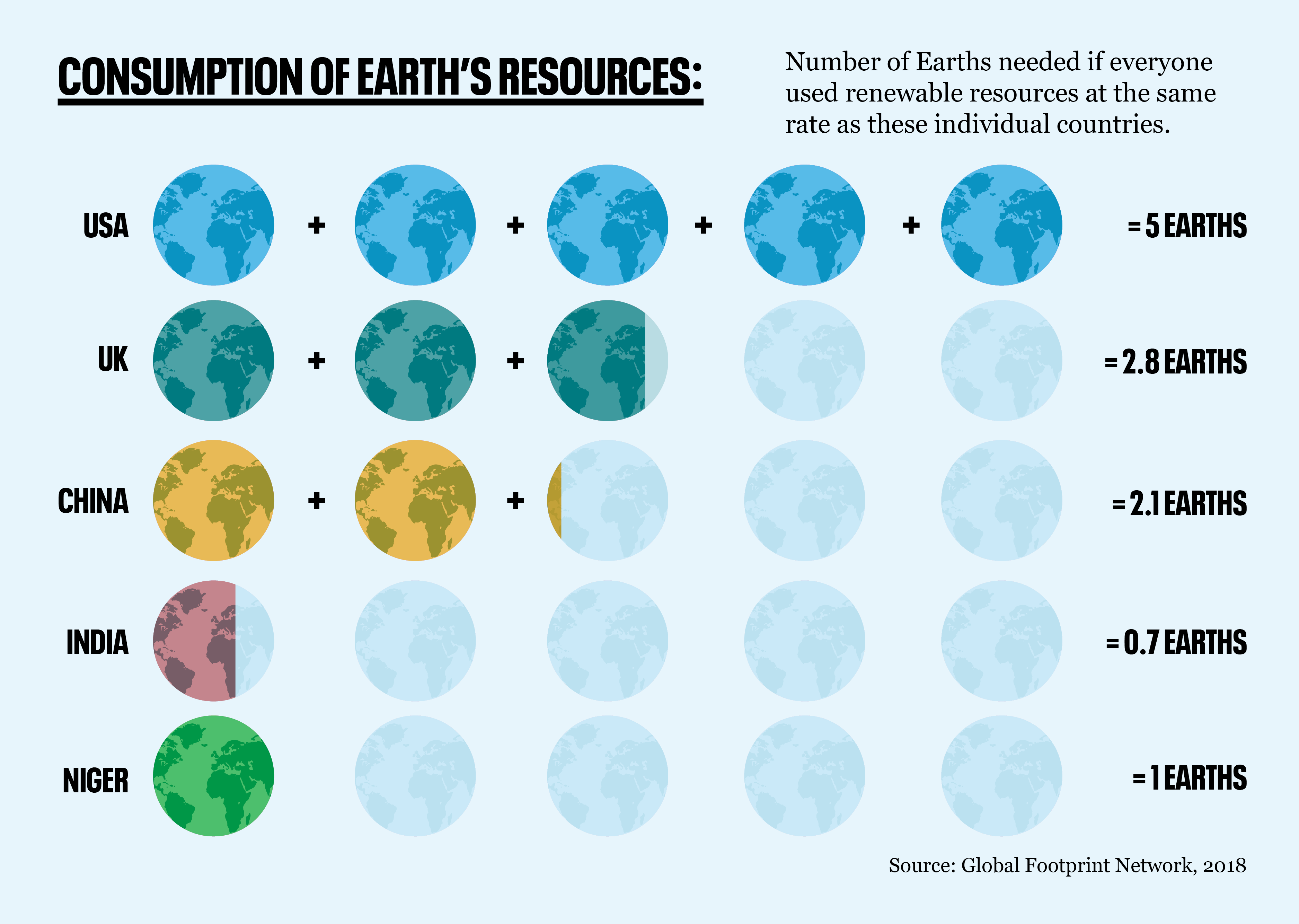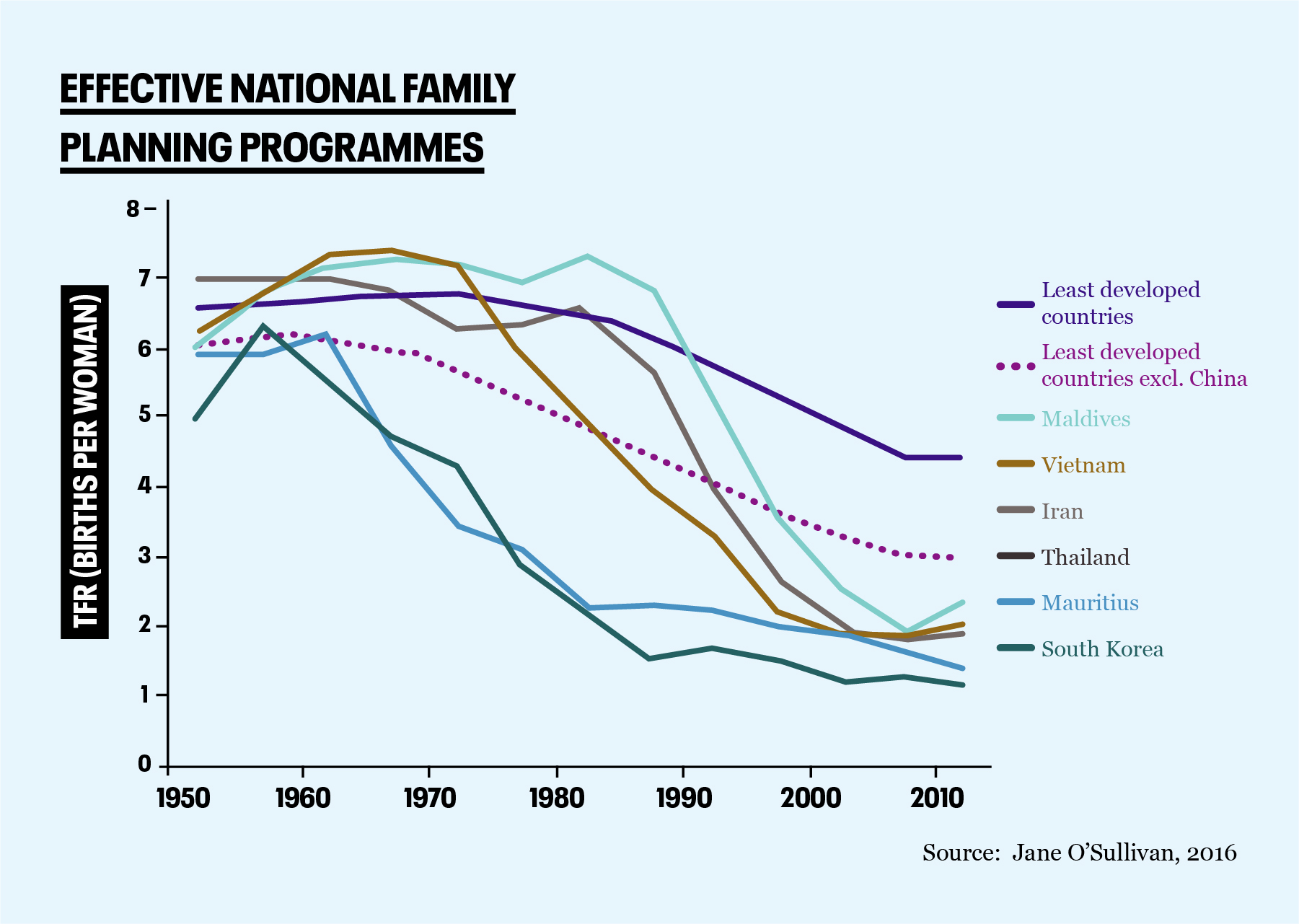
US and China’s population growth at new low
The population of the United States grew by 0.6% between July 2017 and July 2018, which is the lowest recorded annual growth rate since 1937. A similar trend is happening in China, which increased by 0.4% in the past year and is expected to reach zero growth in the next 10 years.
The latest US census data revealed no major surprises. California, Texas and Florida remain the most populous states and the low national growth rate reflects an ongoing trend. Nevada and Idaho topped the list with a population increase of 2.1%, while nine states, including New York and Illinois, had shrinking populations. The last time the annual growth rate was this low was 80 years ago during the Great Depression.
While slowing growth rates often cause concern among economists who fear the effects of an ageing population on GDP, the trend is undoubtedly a positive one, underpinned by improved reproductive healthcare and family planning services.
The US has one of the highest unintended pregnancy rates in the developed world (45% of all pregnancies in 2011) and whilst a lot more work needs to be done, better access to contraception has made a huge difference to the country’s fertility rate. Contraceptive uptake also translates into a reduction in pregnancy terminations, with the US abortion rate now at a record low. Sadly, family planning services within the US now face increasing difficulties as a result of funding cuts and anti-abortion policies implemented by the Trump administration.
Two million more Americans
However, a lower growth rate does not mean an insignificant population increase. More than 2 million people were added to the US population last year (reflecting 3.9m births, 2.8m deaths, and 980,000 migrants).
According to the Global Footprint Network, humanity would require five planet Earths if we all consumed as many renewable resources as the average US citizen.

Chinese population to peak in 2029
The China Academy of Social Sciences (CASS) published new population projections last week showing that the Chinese population may peak at 1.44 billion in 2029, before slowly declining. Coercive population policies beginning in the 1970’s limited the number of children per couple to one, and later to two. The policies were widely condemned and caused a high rate of female infanticide, resulting in a heavily skewed gender ratio.
China’s decrease in fertility rate is comparable to that of the US and other countries such as Thailand, which achieved the same results using progressive, non-restrictive measures.

Despite the doom-saying media coverage, the Chinese population is currently still growing by more than 5 million people per year, demonstrating how long it takes for population measures to take effect. Unfortunately, the Chinese Government is now looking to incentivise larger families to boost population growth.
Attempts to encourage women to have more babies have not proven very effective in the past, however. Many young Chinese couples are choosing to have small families or to remain child-free despite incentives, providing hope for a more sustainable future.


